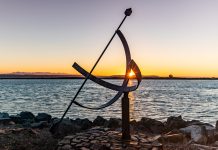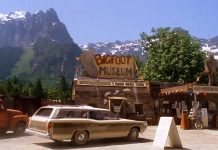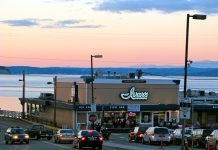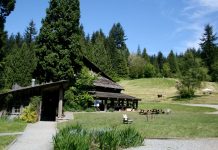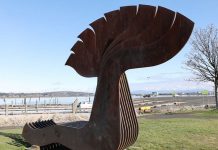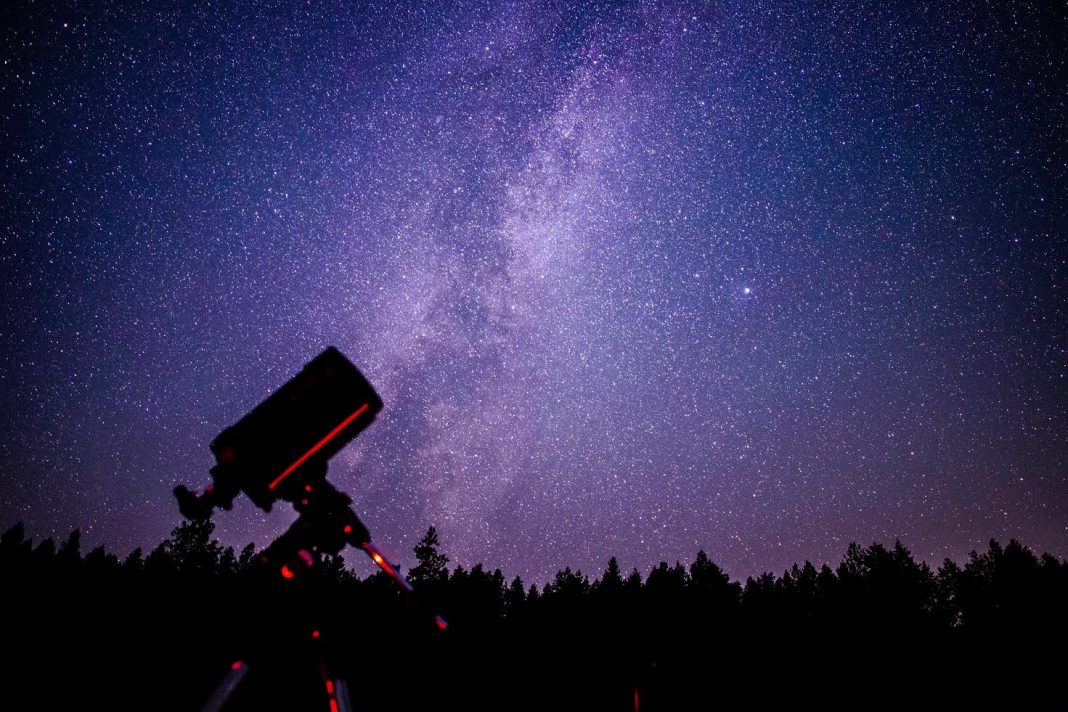Imagine. It’s midnight. You’re on your back porch swing, and all is quiet on the streets around you as the day comes to a close and starts anew. We made another rotation around the sun, and up above you is an endless diamond sky adorned with millions of twinkling stars lightyears away.
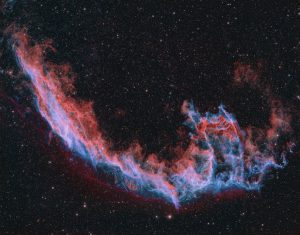
They’re the only thing that lights up the darkness around you. Well, that and also the porch light, streetlights, and kitchen light are probably on. Not to mention the traffic going by, there’s a nosey neighbor next door wondering why you’re sitting out on the porch so late. You get the point — there are lots of distractions.
It can be hard to stargaze and contemplate your place in the universe when there’s so much going on around you. Fortunately for members of the Snohomish County region, there are plenty of places for avid stargazers to find a quiet spot and enjoy the diamond skies of our area’s beautiful Sky Valley.
Gear Up for Your Stargazing Adventure
Before turning your gaze skyward and getting lost in a sea of stars, it is essential to plan accordingly for any stargazing adventure.
Check the National Weather Service website for the most accurate, up-to-date forecasts. Depending on the weather, you may want to bring a jacket and always bring a blanket so you can settle in and get cozy while you try to spot those shooting stars.
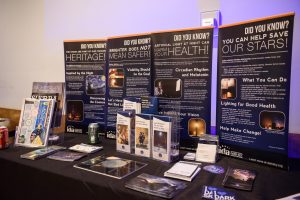
To get those amazing photo ops, you’ll want to ensure that you also bring a handy camera along for the ride. However, if you really want those star-studded photos, you’ll need to invest in a camera that at least has adjustable ISO capabilities and a tripod. These night sky photography tips from Digital Photography School have some helpful hints for getting that perfect shot.
Reach for the Sky With These Helpful Resources
You can get more out of your stargazing experience with fantastic free resources, such as the Space and Weather Prediction Center’s website. This site can tell you if you have a shot of seeing the northern lights. It’s a short-term forecast of the location and intensity of the aurora borealis, giving you the best opportunity to pinpoint a stargazing spot that just might let you catch a glimpse of this nocturnal phenomenon.
A quick peek at the American Meteor Society’s webpage can also make your night of stargazing even more memorizing as they have a meteor shower calendar listing the best nights to watch these celestial events decorate the night sky with a dazzling performance of falling meteors.
Additionally, you can keep your eyes peeled for the marvelous Milky Way with the help of Kevin Palmer’s detailed Milky Way Season calendar.
Star Parties With the Seattle Astronomical Society
Some things are always better together, like a cup of coffee and a sunrise. Stargazing is no different, which is why the Seattle Astronomical Society organizes monthly Star Parties at Green Lake and Paramount Park.
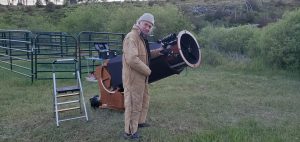
During these free public events, you’ll get the chance to look at the night sky with an experienced astronomer who will act as your guide as you travel the constellations. Each party is scheduled monthly for the Saturday evening closest to the first quarter moon, providing some of the most dazzling starry nights imaginable. During these events, all guests will be given the opportunity to experience telescopic viewing of sky objects and a chance for educational interaction as they ask questions.
These telescopes are provided by SAS members, with each party typically featuring at least two or more different types of telescopes for some interesting sky views and an experience like never before. Be prepared to learn about some fascinating astronomical topics, such as solar system objects, deep space objects, constellations, types of telescopes, and other topics of interest.
Stargazing at Theodor Jacobsen Observatory
For those who don’t mind adventuring to Seattle to chase the stars, a great observatory awaits at the University of Washington. The Theodor Jacobsen Observatory is the second-oldest campus structure and is perfect for those looking to learn about the night sky.
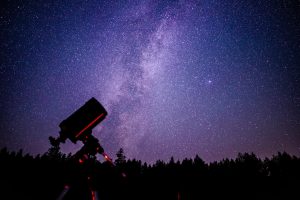
If the weather is good enough, the observatory’s dome will open so guests can enjoy some celestial viewing through the eye of the telescope. Regardless of the weather, talks are held two Tuesdays each month for guided viewing. Just remember to book your reservation with the group ahead of time, as it is required. However, if you don’t have a reservation, you can still enjoy the stars freely as additional telescopes will be set up outside, along with different exhibits and activities during these events.
Where to Go to See the Stars in the Wild
You won’t have to go far when it’s finally time to go off on your own stargazing adventures. The Skykomish-Snohomish River Valleys are home to a multitude of Department of Natural Resources and Forest Service roads. These dirt roads that seemingly lead to nowhere are the perfect routes to take to get lost within the stars.
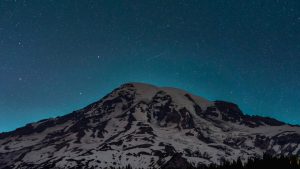
Just a short drive away, Alki Beach is also one of the best places to see the stars, meteor showers, and even auroras within the Seattle area. It’s said that some of the best viewings can be found closer to the volleyball courts. This is thanks to the site having less light pollution as you look north into Puget Sound and west to the Olympic Mountains. This puts your line of sight away from the tall buildings and iconic views of the equally star-studded downtown Seattle.
Of course, you don’t have to leave home whenever you want to enjoy the stars. Washington is no stranger to many unique nocturnal phenomena, such as the aurora borealis and meteor showers. Sometimes all you have to do is simply look up into the night sky to get one of the most fantastic stargazing experiences around!


